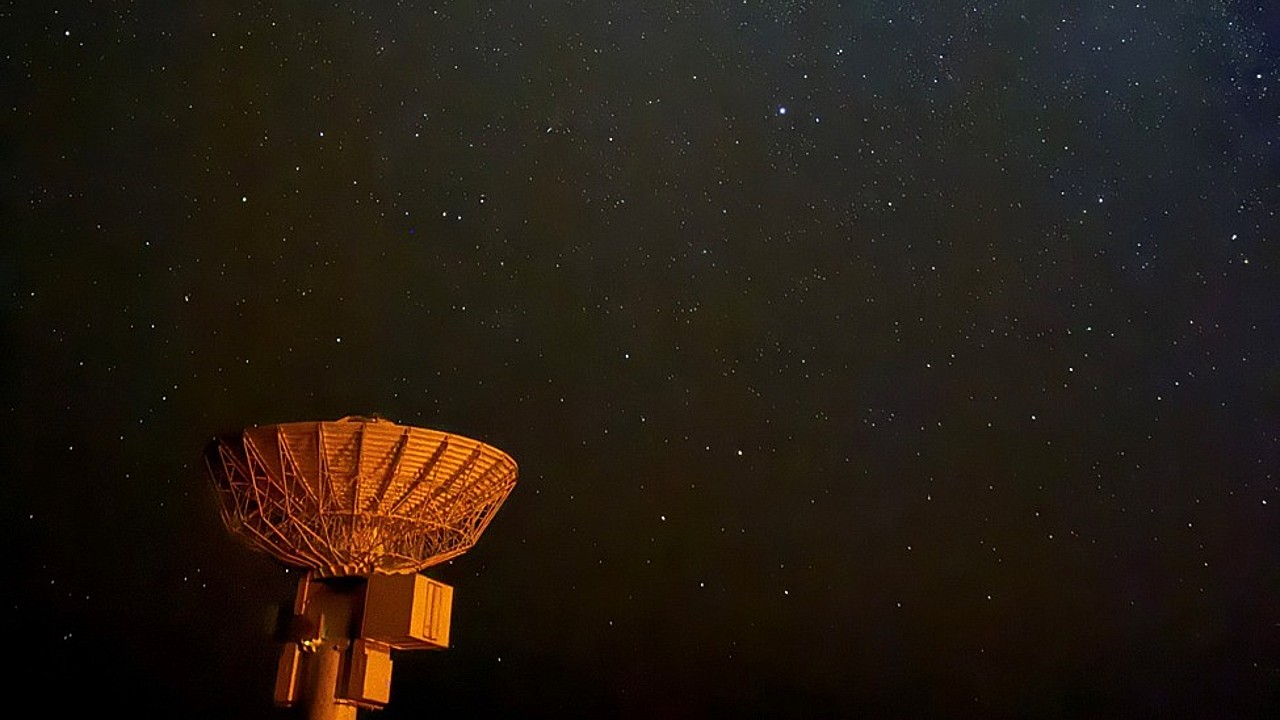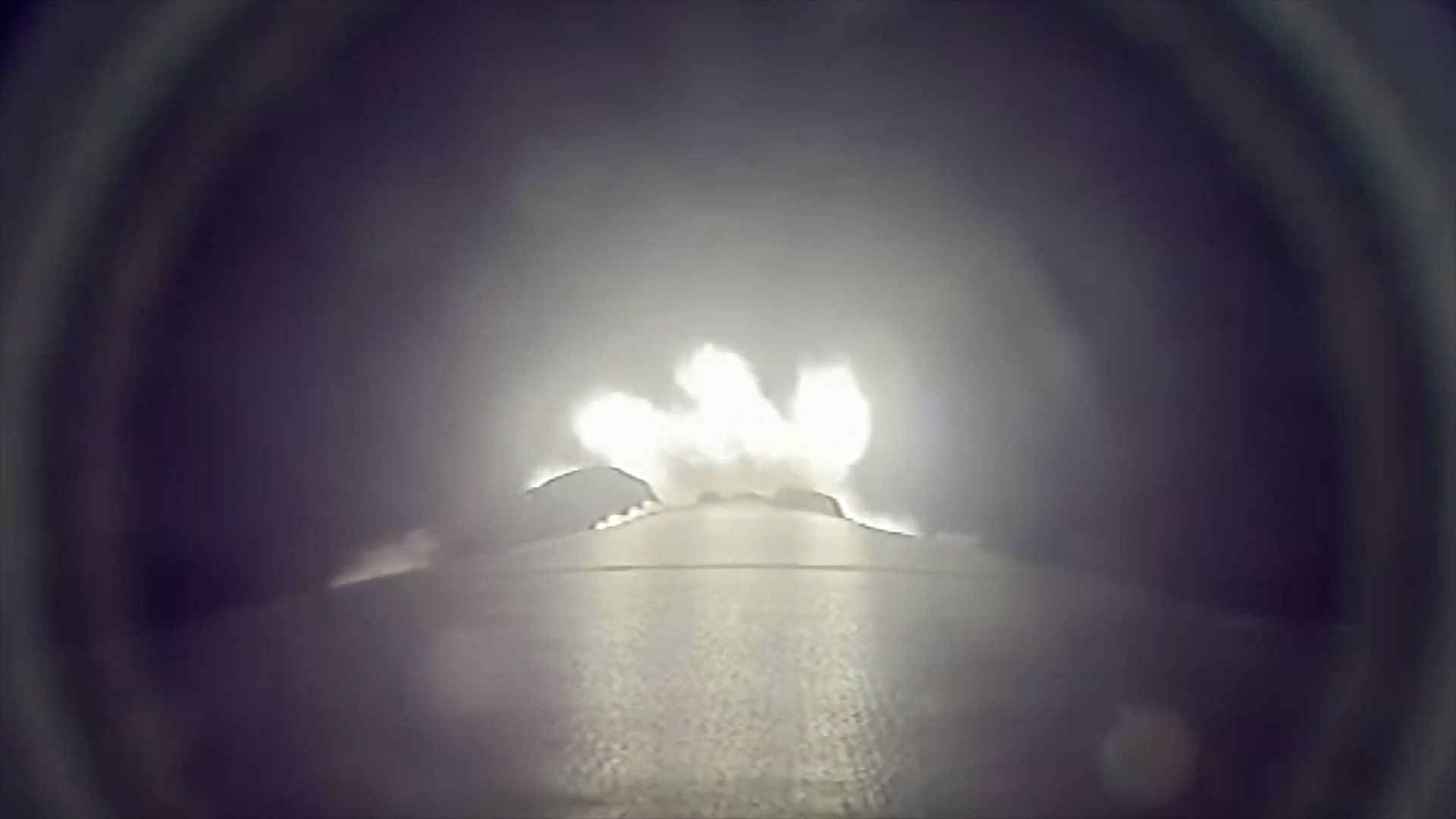Satellites, including those used for GPS and communications, will face greater risks in coming decades during solar-triggered geomagnetic storms because of the effect climate pollution has on Earth’s atmosphere, a new study found.
The increasing volume of planet-warming carbon dioxide in the upper atmosphere is likely to make the air less dense, while geomagnetic storms have the opposite effect: The ensuing rapid changes in density as a result could cause serious troubles for satellite operations.
This study, published in the journal Geophysical Research Letters, comes at a time when the world is growing more dependent on satellite networks for everything from internet access to navigation, as well as military applications.
Geomagnetic storms occur when charged particles from the Sun interact with the Earth’s upper atmosphere. Their most visible impact is the auroras that light up the sky with green, purple and pink light. But strong storms can wreak havoc on satellite operations and communication.
They can increase how dense the air is in these thin upper layers, making it difficult for satellites to maintain their speed and altitude and potentially make them sink, cutting down on their operational lifetimes.
Geomagnetic storms later this century that are of similar intensity to those today will cause bigger spikes in atmospheric density because Earth’s upper atmosphere will be less dense overall, the researchers found, using a supercomputer to model changes in the entirety of Earth’s atmosphere.
“For the satellite industry, this is an especially important question because of the need to design satellites for specific atmospheric conditions,” lead author Nicholas Pedatella of the National Center for Atmospheric Research told CNN.
A less dense atmosphere means satellites in the future would experience less drag, and that could lengthen their lifespan — and would also exacerbate the problem of more space junk in low Earth orbit, Pedatella said.
Scientists already knew that the upper atmosphere is likely to become less dense as the climate warms, with a lower concentration of non-ionized particles such as oxygen and nitrogen. It’s partly because of how higher concentrations of carbon dioxide affect temperatures in the upper atmosphere, which in turn affects the density of the air.
But this study breaks new ground by showing how much the atmosphere’s density could change during strong geomagnetic storms.
The researchers used last May’s strong geomagnetic storm as a case study. At that time, a series of powerful coronal mass ejections from the Sun interacted with the Earth’s atmosphere, disrupting and even damaging satellites and leading to brilliant displays of the Northern Lights unusually far south.
The scientists analyzed how the atmosphere would respond to the same event in different years: 2040, 2061 and 2084.
To perform the experiment, they used a supercomputer that can simulate the entirety of the Earth’s atmosphere, including the thinner, upper layers, to show how changes in the composition of the lower levels can alter the characteristics at much higher altitudes.
The researchers found that by later this century, the upper atmosphere would be 20% to 50% less dense at the peak of a solar storm similar to the 2024 event. The relative change would be greater, going from a doubling of density during such an event to a potential tripling.
Such a rapid throttling up of atmospheric density could damage critical satellite networks and thereby cause problems for society at the Earth’s surface.
The bigger the spike, the bigger the impact on a satellite’s orbit, Pedatella told CNN: “If you have a really big increase in density, then the satellite kind of comes down closer to Earth.”
The satellites being designed today need to take these climate change-related impacts into account, rather than basing their engineering on historical calculations, he added.
“You would think, ‘Okay, for this magnitude of a (geomagnetic) storm, I would expect this density response.’ But in 30 years from now, that magnitude of storm will have a potentially different magnitude of response,” Pedatella said.

